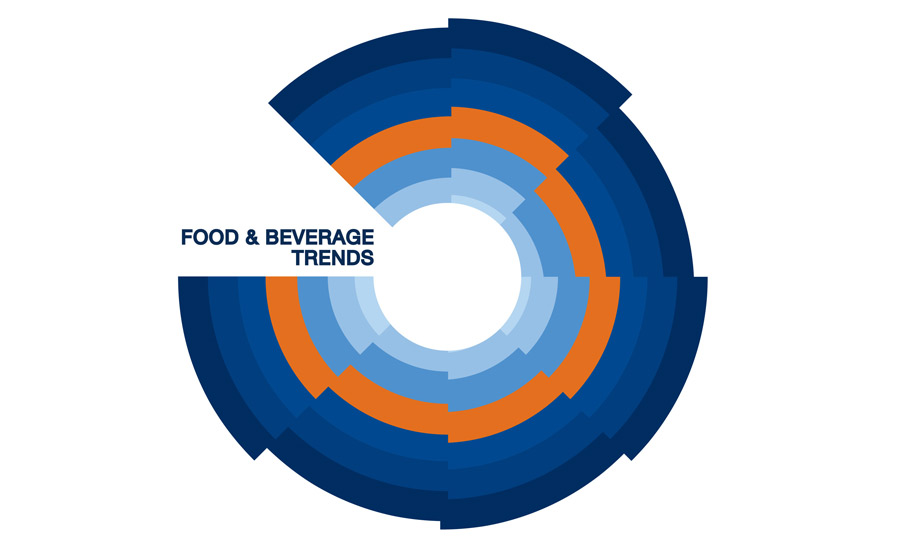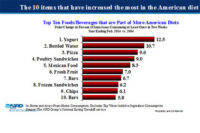Re-shaping Eating Patterns in America
Restaurant visits declined for the last several quarters, while foodservice delivery is growing

Shifting consumer attitudes, behaviors, and demographics; an evolving marketplace with ongoing channel and digital disruptions; and increasing competition for consumer mindshare and dollars are changing the playing field for food companies and foodservice operators, reports The NPD Group, a global information company. The key shifts are how consumers shop, define convenience, use restaurants and foodservice outlets, and personalize health and wellness, according to NPD’s recently released Eating Patterns in America report.
“Consumer eating attitudes and behaviors are evolving in ways that transform long-standing consumption patterns. Shifting demographics, changing meal composition, more fresh foods, and new attitudes on beverages all create challenges for growth,” says David Portalatin, NPD vice president, industry analyst and author of Eating Patterns in America. “Today’s macro environment isn’t generating organic growth for the food and foodservice sectors so we’re dealing with a one percent world.”
In addition to changing consumption patterns, consumers are also making fewer visits to restaurants opting to stay at home or spend their money on experiences or something else. As a result, restaurant visits declined for the last several quarters; but evidence of the country’s stay-at-home culture is that foodservice delivery is growing.
One of the top factors contributing to the shifts in consumption is the attitudes and behaviors of two largest generational groups, Boomers and Millennials. Millennials have now surpassed Boomers in numbers but Boomers remain a large population and their behaviors still have a significant influence on the marketplace. For example, as Boomers age they use restaurants less and their cutback has resulted in 292 million fewer restaurant visits per year. Like the Boomers did before them, Millennials, a generation strapped by size-able student debt and other committed expenses, are agents of marketplace change as they move through their life stages. They continue to influence Big Food and the restaurant industries with their want of authenticity, fresh, and social consciousness.
“Although the food and foodservice industries are in a stalled growth mode, there are still pockets of growth,” says Portalatin. “To grow in these challenged markets will require renovation by some, reinvention by others, and by many a deeper understanding of what consumers really need and want.”
Looking for a reprint of this article?
From high-res PDFs to custom plaques, order your copy today!






